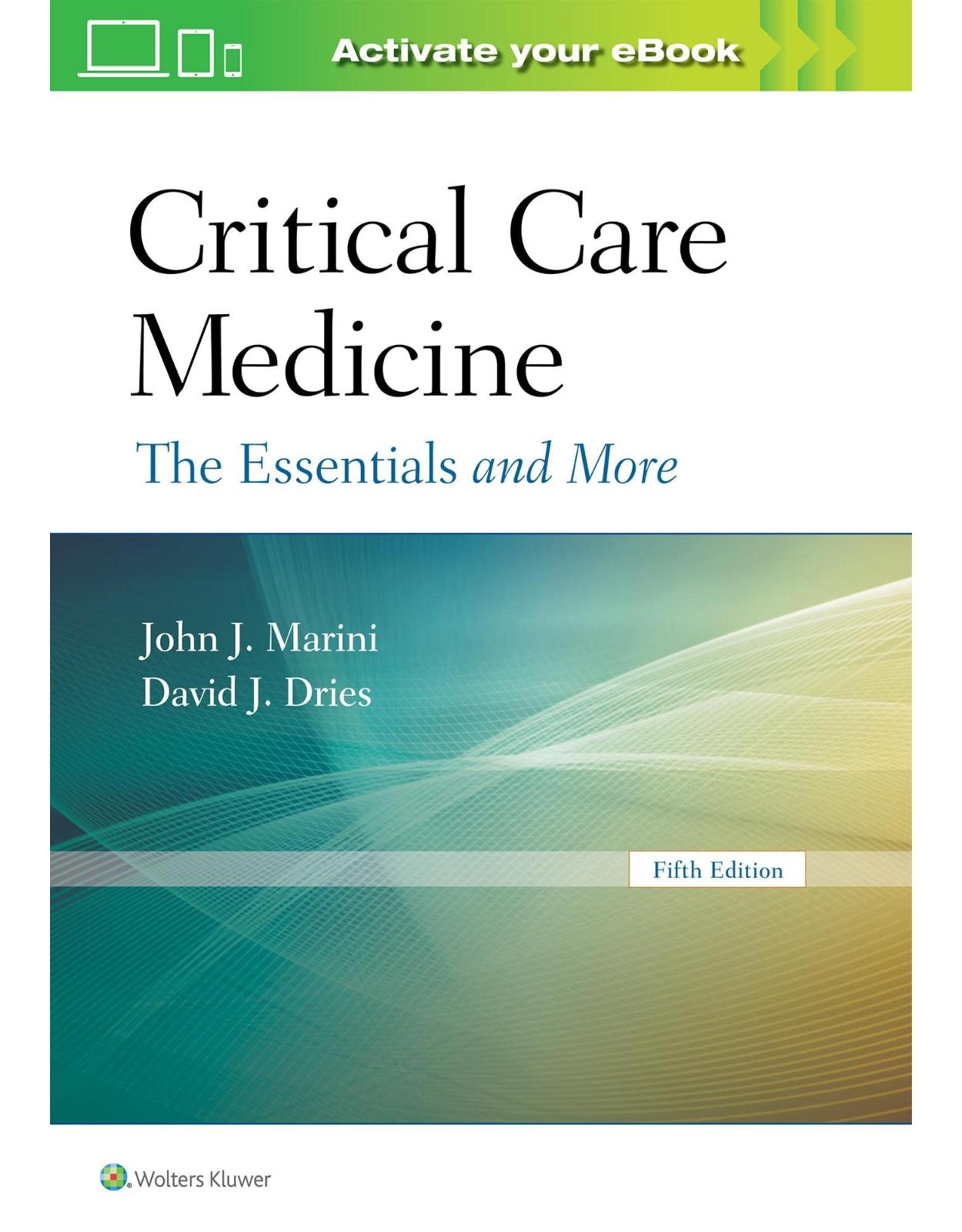
Critical Care Medicine: The Essentials and More
Livrare gratis la comenzi peste 500 RON. Pentru celelalte comenzi livrarea este 20 RON.
Disponibilitate: La comanda in aproximativ 4 saptamani
Editura: LWW
Limba: Engleza
Nr. pagini: 832
Coperta: Paperback
Dimensiuni: 17.78 x 2.54 x 25.4 cm
An aparitie: 3 Nov. 2018
Description:
With a full-color design and concise, easy-to-read chapters, Critical Care Medicine: The Essentials and a Bit More covers the core elements of critical care, with a unique focus on the pathophysiology underlying clinical disorders and how pathophysiologic concerns affect treatment options. There is much here that’s new: brand-new content, expanded discussions, and more graphical elements than ever before. Chapters follow a consistent structural template, with discussions of diagnosis, instrumentation, treatment and management techniques, and more. Expertly and succinctly captures all the fundamentals of the field!
Table of Contents:
SECTION I. TECHNIQUES AND METHODS IN CRITICAL CARE
Chapter 1 Hemodynamics
CHARACTERISTICS OF NORMAL AND ABNORMAL CIRCULATION
Anatomy
Circulatory Control
CHARACTERISTICS OF THE DISEASED CIRCULATION
Left Ventricular Insufficiency
Right Ventricular Dysfunction
Pericardial Constriction and Tamponade
Chapter 2 Hemodynamic Monitoring
CONDITIONAL IMPORTANCE OF MONITORING HEMODYNAMICS AND FLUID STATUS
STATIC VERSUS DYNAMIC ASSESSMENTS
Value of Dynamic Functional Monitoring
ARTERIAL BLOOD PRESSURE MONITORING
Noninvasive Arterial Pressure Monitoring
Arterial Pressure Waveform
Simplified Functional Hemodynamic Monitoring
Invasive Arterial Pressure Monitoring
DATA FROM VASCULAR CATHETERS
Inserting the Balloon Flotation Catheter
Interpreting Data from the Pulmonary Artery Catheter
Lactate, Anion Gap, and Central Venous Gases
Complications of the Pulmonary Artery Catheter
ECHOCARDIOGRAPHY, ULTRASOUND, AND OTHER IMAGING TECHNIQUES
Echocardiography
NUCLEAR CARDIOLOGY
Chapter 3 Shock and Support of the Failing Circulation
PHYSIOLOGY OF THE FAILING CIRCULATION
Circulatory Insufficiency—Decompensated Congestive Failure and Shock
Determinants of Cardiac Output
Effect of Shock on Organ Function
Evaluation of Perfusion Adequacy
THERAPY OF CIRCULATORY SHOCK
Goal-Directed Therapy
Indications for Monitoring
Fluid Therapy
Vasoactive and Inotropic Drugs
A General Strategy for Managing Hemodynamic Instability
Mechanical Interventions and Devices
CONGESTIVE LEFT HEART FAILURE
Causes
Precipitants
Diagnosis
Management of Congestive Failure
Chapter 4 Arrhythmias, Pacing, and Cardioversion
COMPONENTS OF THE ELECTROCARDIOGRAM
GENERAL APPROACH TO ARRHYTHMIAS
Dealing with Uncertainty
TACHYARRHYTHMIAS
Sinus Tachycardia
Nonsinus Supraventricular Tachycardias
Ventricular Extrasystoles
Ventricular Tachycardia
BRADYARRHYTHMIAS
Sinus Bradycardia
ATRIOVENTRICULAR BLOCK
First-Degree Atrioventricular Block
Second-Degree Atrioventricular Block
Third-Degree Atrioventricular Block
ANTIARRHYTHMIC DRUGS
Specific Antiarrhythmic Drugs
ELECTRICAL CARDIOVERSION
External Cardioversion
Implantable Defibrillators
PACEMAKERS
Permanent Pacemakers
Temporary Pacemakers
Chapter 5 Respiratory Monitoring
MONITORING GAS EXCHANGE
Blood Gas Analysis
INTERPRETATION
The Anion Gap
Rules for Compensation
Algorithm for Evaluating Blood Gas Data
Monitoring Oxygenation
INTERPRETATION
O2 Consumption
Efficiency of Oxygen Exchange
Monitoring Carbon Dioxide and Ventilation
MONITORING LUNG AND CHEST WALL MECHANICS
General Principles
Pressure–Volume Relationships
Calculation of CRS and RAW During Mechanical Ventilation
Role of Dynamics
Stress Index
Auto-PEEP (Intrinsic PEEP) Effects
Esophageal Pressure Monitoring
Abdominal Pressure Measurement
Value of Continuously Monitoring PAW and Flow
Mean Airway Pressure
MONITORING BREATHING EFFORT
Oxygen Consumption of the Respiratory System
Direct Measures of External Mechanical Output
MONITORING VENTILATORY DRIVE AND BREATHING PATTERN
Importance of Assessing Ventilatory Drive
Ventilatory Drive Indices
Breathing Pattern, Frequency, and Duty Cycle
MONITORING STRENGTH AND MUSCLE RESERVE (ENDURANCE)
Strength Measures
Measures of Endurance
Chapter 6 Airway Intubation
INDICATIONS
Need for Assisted Ventilation and Positive End-Expiratory Pressure
Airway Protection
Secretion Clearance
Upper Airway Obstruction
TYPES OF AIRWAYS AND ROUTES OF INTUBATION
Supraglottic Airways
Endotracheal Intubation
PHYSIOLOGIC RESPONSES TO INTUBATION
COMPLICATIONS OF AIRWAY INTUBATION
Anatomic Impairment
Insertion Trauma
Hypoxemia
Apneic, Rapid Sequence, or Ventilation-Assisted Intubation
Gastric Aspiration
Reflex Glottic Closure and Laryngospasm
Bronchospasm
Right Main Bronchus Intubation
POINTS OF TECHNIQUE
The Difficult Airway
Aids for Difficult Intubation
Distinguishing Tracheal from Esophageal Intubation
Intubation Sequence
Tube Exchange
Extubation
Decannulating the Difficult Airway
Postextubation Care
TRACHEOSTOMY
Benefits and Indications
Variants of Conventional Tracheostomy
Tracheostomy Tube Displacement
Chapter 7 Elements of Invasive and Noninvasive Mechanical Ventilation
INDICATIONS FOR MECHANICAL VENTILATION
Inadequate Alveolar Ventilation
Inadequate Oxygenation
Excessive Respiratory Workload
Cardiovascular Support
OPTIONS IN MECHANICAL VENTILATION
Types of Ventilation
Standard Modes
Ventilator Setup
Innovative Modes to Improve Ventilation
Nontraditional Modes to Improve Oxygenation
Adjuncts to Mechanical Ventilation
Noninvasive Ventilation
High-Flow Nasal Cannula
Daily Assessment of the Ventilated Patient
Chapter 8 Practical Problems and Complications of Mechanical Ventilation
ACUTE COMPLICATIONS OF MECHANICAL VENTILATION
Cardiovascular Impairment
Barotrauma
Ventilator-Induced Pulmonary Edema, Lung Injury, and Volutrauma
SUBACUTE AND CHRONIC COMPLICATIONS
Fluid Retention and Redistribution
Fluctuations in pH
Infections
Deconditioning and Diaphragmatic Dysfunction
PATIENT–VENTILATOR INTERACTIONS
Specific “Early Phase” Problems
Specific “Support Phase” Problems
Chapter 9 Positive End-Expiratory and Continuous Positive Airway Pressure
GENERAL CONCEPTS AND DEFINITIONS
PATHOPHYSIOLOGY
Actions of PEEP in Acute Hypoxemic Respiratory Failure
Interaction of PEEP and Tidal Volume
Importance of Chest Wall Compliance
Regional Effects of PEEP
Active Expiration
Time Course of PEEP Effect on Gas Exchange
PEEP and Mean Airway Pressure
ADVERSE EFFECTS OF PEEP
Cardiovascular Impairment
Barotrauma
Reduced Oxygen Delivery
Impaired CO2 Elimination
Alterations in the Work of Breathing
CLINICAL USE OF PEEP
Good Candidates for Higher PEEP
Poor Candidates for Higher PEEP
Physiologic PEEP
Choosing the Appropriate Level of PEEP
Selecting PEEP and Tidal Volume in ARDS
PEEP Withdrawal
“Prophylactic PEEP”
“Auto-PEEP” Effect
Chapter 10 Discontinuation of Mechanical Ventilation
PHYSIOLOGIC DETERMINANTS OF VENTILATOR DEPENDENCE
Stages of Ventilator-Supported Breathing
Psychological Factors
Arterial Hypoxemia
Cardiovascular Instability
Imbalance of Ventilatory Capability and Demand
PREDICTING INDEPENDENCE FROM VENTILATORY SUPPORT
Noninterventional Measures
Voluntary Measures
Other Useful Measures
Integrative Weaning Indices
WEANING TRIAL
Preparations for Withdrawing Ventilatory Support
Sequence of Ventilator Withdrawal
STRATEGIES AND METHODS TO PROMOTE VENTILATOR INDEPENDENCE
General Principles
Priorities
Methods of Removing Ventilator Support
REMOVAL OF THE ENDOTRACHEAL TUBE
AVOIDING DELAYED LIBERATION FAILURES AND REINTUBATION
The Persistently Ventilator-Dependent Patient
Tracheostomy
Chapter 11 Intensive Care Unit Imaging
OVERVIEW OF RECENT ADVANCES IN ICU IMAGING
CHEST RADIOGRAPHY
Technique
Film Timing
Placement of Tubes and Catheters
Specific Applications of Chest Radiography
Pulmonary Edema
Mediastinal Widening
Pericardial Effusion
Air–Fluid Levels (Lung Abscess vs. Empyema)
Postthoracotomy Changes
Fistulous Tracts
Pulmonary Embolism
Pneumonitis
Intra-abdominal Conditions
CT AND MRI
Expanding Imaging Potential—Reconstruction, Multiplanar, and Subtraction Views
General Preparing of the Patient for Imaging Studies
Chest CT and MRI
ABDOMINAL RADIOGRAPHY
Abdominal CT and Screening Films (KUB)
Findings Relevant to Specific Organs
ACUTE CARE ULTRASOUND
Limitations of Clinician-Applied US at the Bedside
Problem Categories and Protocols
INTERVENTIONAL RADIOLOGY FOR CRITICAL CARE
Vascular Interventions
Nonvascular Indications for IR
Chapter 12 Acid–Base Disorders
SYSTEMS USED TO ASSESS ACID–BASE STATUS
ARTERIAL BLOOD GASES
Obtaining Arterial Blood Gases
Pitfalls in Collection, Analysis, and Interpretation
Risks of Arterial Blood Sampling
BASIC CONCEPTS OF ABG ANALYSIS AND INTERPRETATION
Alterations in Oxygenation
Alterations in Ventilation
Evaluating Hydrogen Ion Concentration
Buffer Systems
ACID–BASE DERANGEMENTS
Terminology of Acid–Base Disorders
Stepwise ABG Analysis
SIMPLE ACID–BASE DISORDERS
Metabolic Acidosis
Metabolic Alkalosis
Respiratory Acidosis
Respiratory Alkalosis
MIXED ACID–BASE DISORDERS
Chapter 13 Fluid and Electrolyte Disorders
DISORDERS OF SODIUM AND OSMOLALITY
Hyponatremia
Hypernatremia
POTASSIUM DISORDERS
Hypokalemia
Hyperkalemia
CALCIUM DISORDERS
Hypercalcemia
Hypocalcemia
PHOSPHATE DISORDERS
Hyperphosphatemia
Hypophosphatemia
MAGNESIUM DISORDERS
Hypermagnesemia
Hypomagnesemia
Chapter 14 Blood Conservation and Transfusion
INDICATIONS FOR BLOOD PRODUCTS
ANEMIA
BLOOD PRODUCT CONSERVATION
SOURCES OF BLOOD LOSS
THE COMPONENT SYSTEM
Consequences of Blood Storage
Red Blood Cell Components
White Blood Cell Transfusions
Platelet Components
Clotting Factor Concentrates and Plasma Products
PROBLEMS ASSOCIATED WITH MASSIVE TRANSFUSION
Exsanguination and Cross-Matching
Massive Transfusion
COMPLICATIONS OF TRANSFUSION
Immunologic Complications
Infectious Complications
Miscellaneous Complications
BLOOD SUBSTITUTES
Chapter 15 Pharmacotherapy
QUALITY IMPROVEMENT AND COST CONTROL
Role of the Pharmacist
Quality Improvement Strategies
PHARMACOKINETICS
Absorption
Distribution and Protein Binding
Metabolism
Elimination
Half-life
ROUTES OF ADMINISTRATION
Goals of Drug Administration
Inhalation
Endotracheal Instillation
Intraosseous (IO)
Intravenous Injection
Subcutaneous Injections
Intra-arterial Injections
Intrathecal Therapy
Intraperitoneal Therapy
Transcutaneous/Transdermal Administration (Patches)
Intraocular Drugs
Enteral Administration
Sublingual/Buccal Administration
Rectal Administration
Chapter 16 Nutritional Support and Therapy
THE METABOLIC RESPONSE TO STRESS IN CRITICALLY ILL PATIENTS
MALNUTRITION IN THE ICU
NUTRITION ASSESSMENT AND CANDIDATE SELECTION FOR NUTRITION SUPPORT
Refeeding Syndrome
NUTRITIONAL REQUIREMENTS
Energy/Calories
Protein
Lipids
Vitamins and Trace Elements
ROUTES OF NUTRITIONAL SUPPLEMENTATION
Enteral Nutrition Therapy
Parenteral Nutrition Therapy
DISEASE-SPECIFIC CONSIDERATIONS
Pulmonary Failure
Renal Failure
Hepatic Failure
Pancreatitis
Burns
Chapter 17 Analgesia, Sedation, Neuromuscular Blockade, and Delirium
GOALS OF THERAPY
MONITORING TREATMENT
CORRECTABLE FACTORS CAUSING AGITATION
CHOOSING PHARMACOLOGIC AGENTS
Analgesics
Sedatives
Neuroleptics/Antipsychotics
Neuromuscular Blocking Agents
Delirium
Chapter 18 General Supportive Care
BEDSIDE EVALUATION OF THE CRITICALLY ILL PATIENT
Therapeutic Perspective
Elements of the Bedside Evaluation
THERAPEUTIC SUPPORTIVE CARE
Post-ICU Syndrome (PICS)
Physiology of Prolonged Bed Rest
IMMOBILITY: PREVENTATIVE AND THERAPEUTIC MEASURES
Skin Breakdown and Pressure Ulcers
Isolation Precautions
Ambient Environment
Comfort Measures
Gastrointestinal Care
Bladder Care
Dressing and Wound Care
Transportation Issues
Gastrointestinal Ulcer Prophylaxis
Leg-Clotting Prophylaxis
Respiratory Care
Chapter 19 Quality Improvement and Cost Control
BUILDING QUALITY
ICU Leadership
Outcomes, Processes, and Practices
Medical Records and Order Systems
FACTORS INFLUENCING CRITICAL CARE COSTS
DIFFERENCES BETWEEN COST AND CHARGE
WHERE THE MONEY GOES
RADICAL COST-CONTROL MEASURES
SPECIFIC COST-CONTROL SUGGESTIONS
Imaging Costs
Supplies
Respiratory Therapy
LABORATORY STUDIES
Microbiology Laboratory
Chemistry Laboratory
Hematology Laboratory
Coagulation Laboratory
Blood Gases
SUMMARY
SECTION II. MEDICAL AND SURGICAL CRISES
Chapter 20 Cardiopulmonary Arrest
PRIMARY PULMONARY EVENTS (RESPIRATORY ARREST AND SECONDARY CARDIAC ARREST)
PRIMARY CARDIOVASCULAR EVENTS (CARDIOPULMONARY ARREST)
CARDIOPULMONARY RESUSCITATION
Principles of Resuscitation
Controversies in Resuscitation
DECIDING WHEN TO FORGO OR TERMINATE RESUSCITATION
PROGNOSTICATION
Chapter 21 Acute Coronary Syndromes
NON–ST ELEVATION ACUTE CORONARY SYNDROMES: UNSTABLE ANGINA AND NON–ST ELEVATION MYOCARDIAL INFARCTION
Definitions and Pathophysiology of Acute Coronary Syndrome
Diagnosis
Prognostic Factors
Management of NSTE-ACS
ACUTE CORONARY SYNDROMES: ST ELEVATION MYOCARDIAL INFARCTION (ACS-STEMI)
Mechanisms
Diagnosis
Treatment
General Support of the ACS Patient
Outcome of Myocardial Infarction
COMPLICATIONS OF MYOCARDIAL INFARCTION
Electrical Complications
Mechanical (Structural) Complications (Fig. 21-7)
Role of ICD in Myocardial Infarction
Chapter 22 Hypertensive Emergencies
DEFINITIONS
PATHOPHYSIOLOGY
HISTORY AND PHYSICAL EXAMINATION
TREATMENT PRINCIPLES
Hypertension with Organ Failure (Hypertensive Emergency)
Hypertension Without Organ Failure (Hypertensive Urgency)
SPECIFIC HYPERTENSIVE PROBLEMS
Hypertensive Encephalopathy
Cerebral Ischemia and Hemorrhage
Aortic Dissection
Renal Failure
Pulmonary Edema
Angina and Myocardial Infarction
Catecholamine Excess
Preeclampsia/Eclampsia
THERAPY FOR HYPERTENSIVE EMERGENCIES
Commonly Used Agents
Chapter 23 Venous Thromboembolism
MECHANISMS
DEEP VENOUS THROMBOSIS
Risk Factors
Clot Sources
Prevention
Diagnosis
Diagnostic Testing
PULMONARY EMBOLISM
Natural History
Symptoms and Signs
Routine Diagnostic Tests
Specialized Diagnostic Tests
VTE Diagnostic Plan
Prognosis and Rate of Resolution
DVT and PE Treatment
Chapter 24 Oxygenation Failure, ARDS, and Acute Lung Injury
OXYGENATION FAILURE: DEFINITION
MECHANISMS OF ARTERIAL HYPOXEMIA
Low Inspired Oxygen Fraction
Hypoventilation
Impaired Diffusion
Ventilation–Perfusion Mismatching
Shunting
Abnormal Desaturation of Systemic Venous Blood
DISEASE-INDUCED HYPOXEMIA
Atelectasis
Diffuse Pulmonary Infiltration
Hypoxemia with a Clear Chest Radiograph
Unilateral Lung Disease
TECHNIQUES TO IMPROVE TISSUE OXYGENATION (Table 24-2)
Basic Therapeutic Principles
Improving Tissue Oxygen Delivery
Mechanical Ventilation of Acute Lung Injury and ARDS
Chapter 25 Obstructive Disease and Ventilatory Failure
PATHOGENESIS OF VENTILATORY FAILURE
Definition
Mechanisms of Ventilatory Failure
General Principles of Managing Ventilatory Failure
SPECIFIC PROBLEMS CAUSING VENTILATORY FAILURE
Airflow Obstruction
Chapter 26 ICU Infections
OVERVIEW
CATEGORIES AND CAUSES
Urinary Tract Infections
Pneumonia
Empyema and Parapneumonic Effusions
Intravascular Catheter-Related Infections
Infectious Diarrhea
Sinusitis
Meningitis
Soft Tissue Infections
Infection in the Immunocompromised Host
Chapter 27 Sepsis and Septic Shock
TERMINOLOGY
EPIDEMIOLOGY
RELATIONSHIP OF INFECTION TO SEPSIS
MICROBIOLOGY
PATHOPHYSIOLOGY
CLINICAL DIAGNOSIS
ORGAN SYSTEM FAILURES
Specific Organ System Failures
SEPSIS THERAPY
Source Control
Antimicrobial Therapy
Respiratory Support
Resuscitation and Post-resuscitation Fluid Management
Cardiovascular Support
Glucose Control
Addressing Metabolic Acidosis
Support of the Kidney
Nutritional Support
Directions in Detection and Treatment for the Near Future
Chapter 28 Thermal Disorders
NORMAL TEMPERATURE REGULATION
TEMPERATURE MEASUREMENT
Types of Measuring Devices
Sites of Measurement
HYPOTHERMIA
Definition and Problems in Detection
Etiology
Clinical Manifestations
Treatment
Diagnosis of Death
HYPERTHERMIA
Causes of Temperature Elevation
SYNDROMES OF EXTREME HYPERTHERMIA
Nonexertional (Classic) Heatstroke
Exertional Heatstroke
Malignant Hyperthermia
Neuroleptic Malignant Syndrome (Drug-Induced Central Hyperthermia)
Serotonin Syndrome (SS)
Chapter 29 Acute Kidney Injury and Renal Replacement Therapy
EPIDEMIOLOGY
INDICES OF RENAL FUNCTION AND INJURY
Urine Volume
Blood Urea Nitrogen
Creatinine
Biomarkers of AKI
DEFINITIONS OF ACUTE KIDNEY INJURY
ETIOLOGY OF ACUTE KIDNEY INJURY
Prerenal Failure
Postrenal Failure
Intrarenal Failure
COMPLICATIONS AND TREATMENT OF ACUTE RENAL FAILURE
Prevention
Established Oliguric Renal Failure
Early Oliguric Renal Failure
Hemodynamic Management
Electrolyte Disorders
Infection
Bleeding Disorders
Nutrition
Drug Therapy
Renal Replacement Therapy
PROGNOSIS
Chapter 30 Clotting Problems, Bleeding Disorders, and Anticoagulation Therapy
BLEEDING DISORDERS
Approach to the Bleeding Patient
PLATELET DISORDERS
Thrombocytopenia
Platelet Dysfunction
INTERPRETATION OF ABNORMAL CLOTTING TESTS
Prothrombin Time
Activated Partial Thromboplastin Time
Combined PT and aPTT Abnormalities
Anti-Xa Activity Assay
Activated Clotting Time
Thrombin Time
Bleeding Time and Platelet Function
Inhibitor Testing
Fibrinogen Levels and Fibrin Degradation Products
SPECIFIC CLOTTING DISORDERS
Heparin-Induced Thrombocytopenia
Hemophilia
Liver Disease
Vitamin K Deficiency: Warfarin Excess
Renal Disease
Disseminated Intravascular Coagulation
Dilutional Coagulopathy
Acquired Inhibitors of Coagulation
von Willebrand Disease
Paraproteinemia
Thrombolytic Therapy
Anticoagulant Therapy
Direct Oral Anticoagulant Agents (Table 30-7)
HYPERCOAGULABLE DISORDERS
Inherited Thrombotic Disorders
Chapter 31 Hepatic Failure
CLASSIFICATION
ACUTE HEPATIC FAILURE
Clinical Features
Laboratory Features
Etiology
Acetaminophen
Viral Hepatitis
Treatment
Complications
Prognosis
CHRONIC LIVER FAILURE
Etiology and Pathophysiology
Clinical and Laboratory Features
Treatment and Complications
Chapter 32 Endocrine Disturbances in Critical Care
GENERAL IMPACT OF CRITICAL ILLNESS ON ENDOCRINE AND METABOLIC HOMEOSTASIS
THYROID DISEASE
Critical Illness, Thyroid Kinetics, and Testing
Severe Hyperthyroidism and Thyroid Storm
Severe Hypothyroidism (Myxedema Coma)
ADRENAL DISEASES
Classic Adrenal Insufficiency
Withdrawal of Exogenous Steroids
Excessive Corticosteroid Administration
DISORDERS OF GLUCOSE METABOLISM
ICU Glucose Control
Hypoglycemia
Diabetic Ketoacidosis
Hyperosmolar Nonketotic Coma
DIABETES INSIPIDUS
PHEOCHROMOCYTOMA
ENDOCRINE CONSIDERATIONS DURING RECOVERY
Grhelin
Growth Hormone
Leptin
Exogenous Anabolic Steroids
Chapter 33 Drug Overdose and Poisoning
DIAGNOSIS
Clinical History
Physical Examination
Laboratory Testing
Use of the Drug Screen
TREATMENT OF DRUG OVERDOSE
Prevention of Toxin Absorption
Enhancement of Drug Removal
Inhibition of Toxic Metabolite Formation
SPECIFIC POISONS
Acetaminophen
Salicylates
Stimulants
Alcohols
Sedative–Hypnotic–Analgesic Drugs
Organophosphates and Carbamates
Digitalis Compounds
Cyclic Antidepressants
Serotonin Reuptake Inhibitors
Calcium Channel Blocking and β-Blocking Drugs
Lithium
Chapter 34 Neurologic Emergencies
DELIRIUM
COMA
Pathophysiology
Etiology
Approach to the Comatose Patient
SEIZURES
Pathophysiology
Etiology
Diagnosis
Systemic Effects of Seizures
Treatment
STROKE
Pathophysiology
Initial Evaluation
General Care of the Stroke Patient
Ischemic Stroke
Embolic Strokes
Lacunar Strokes
Hemorrhagic Stroke
Subarachnoid Hemorrhage (SAH)
Complications
INCREASED INTRACRANIAL PRESSURE
Mechanisms
Cerebral Hemodynamics
Intracranial Pressure Monitoring
Reducing Intracranial Pressure
Therapy to Minimize Cerebral Oxygen Requirements
HEAD TRAUMA
Pathophysiology
Initial Management
Cranial Disruption
Injury to Brain Tissue
Complications of Head Trauma
Monitoring the Brain-Injured Patient
Recovery Phase
SPINAL CORD TRAUMA
Epidemiology
Mechanisms
Initial Management
Physical Examination
Clinical Syndromes (Fig. 34-16)
Radiographic Evaluation
Treatment
Complications
BRAIN DEATH
Chapter 35 Chest and Abdominal Trauma
INITIAL APPROACH TO THE INJURED PATIENT
CHEST TRAUMA: EPIDEMIOLOGY
MECHANISMS OF CHEST TRAUMA
Penetrating Chest Injuries
Blunt Chest Injuries
Rib and Sternal Fractures
Increased Intracavitary Pressures
Shearing Forces
INITIAL MANAGEMENT OF CHEST TRAUMA
SPECIFIC CONDITIONS
Bronchial and Tracheal Disruptions
Hemothorax
Pericardial Tamponade
Cardiac Injury
Aortic Disruption
Diaphragm Injuries
Flail Chest
Pulmonary Contusions
ARDS and Ventilator-Associated Pneumonia
Esophageal Rupture (Boerhaave Syndrome)
Fat Embolism
ABDOMINAL TRAUMA: EPIDEMIOLOGY
Blunt Trauma to the Abdomen
Penetrating Trauma to the Abdomen
Physical Examination
Adjuncts to Physical Examination
Patterns of Injury
Pelvic Fractures
Compartment Syndromes
Chapter 36 Acute Abdomen
PRINCIPLES OF MANAGEMENT
DIAGNOSIS
History
Physical Examination
Routine Laboratory Tests
Plain Radiographs of the Abdomen
Ultrasound
Computed Tomographic Scanning
Magnetic Resonance Imaging
Biliary Scans
SPECIFIC CONDITIONS PRODUCING THE ACUTE ABDOMEN
Ruptured Aortic Aneurysm
Female Pelvic Disease
Mesenteric Ischemia
Appendicitis
Pancreatitis
Abdominal Compartment Syndrome
Cholecystitis and Cholangitis
Small Bowel Obstruction
Colonic Obstruction
Diverticulitis
Retroperitoneal Hemorrhage
Perforated Viscus
UNUSUAL CAUSES OF ACUTE ABDOMINAL PAIN
Chapter 37 Gastrointestinal Bleeding
PREVENTION
Indications
Medication Options
Risks
EVALUATION OF THE BLEEDING PATIENT
First Steps
Examination
Assessing Bleeding Severity
Initial Treatment
UPPER GASTROINTESTINAL (UGI) BLEEDING
Sources
Diagnostic Tests
Specific Causes of UGI Bleeding
Surgical Intervention
Prognosis
LOWER GASTROINTESTINAL (LGI) BLEEDING
The Diagnostic Approach
Angiography
Specific Conditions and Causes of LGI Bleeding
LGI Bleeding Therapy
Chapter 38 Burns and Inhalation Injury
PATHOPHYSIOLOGY
BURN EVALUATION
Estimation of Burn Size and Severity
INITIAL MANAGEMENT
Fluid Therapy
Inhalation Injury
Other Important Considerations
COMPLICATIONS OF BURNS
Infection and Sepsis
Gastrointestinal Bleeding
Hypermetabolism and Nutrition
Burn Wound Care
Mechanical Problems of the Burn Wound
NONTHERMAL BURNS
Chemical Injury
Electrical Burns
Appendix
DEFINITIONS AND NORMAL VALUES
| An aparitie | 3 Nov. 2018 |
| Autor | Dr. John J Marini , David J Dries |
| Dimensiuni | 17.78 x 2.54 x 25.4 cm |
| Editura | LWW |
| Format | Paperback |
| ISBN | 9781496302915 |
| Limba | Engleza |
| Nr pag | 832 |
| Versiune digitala | DA |

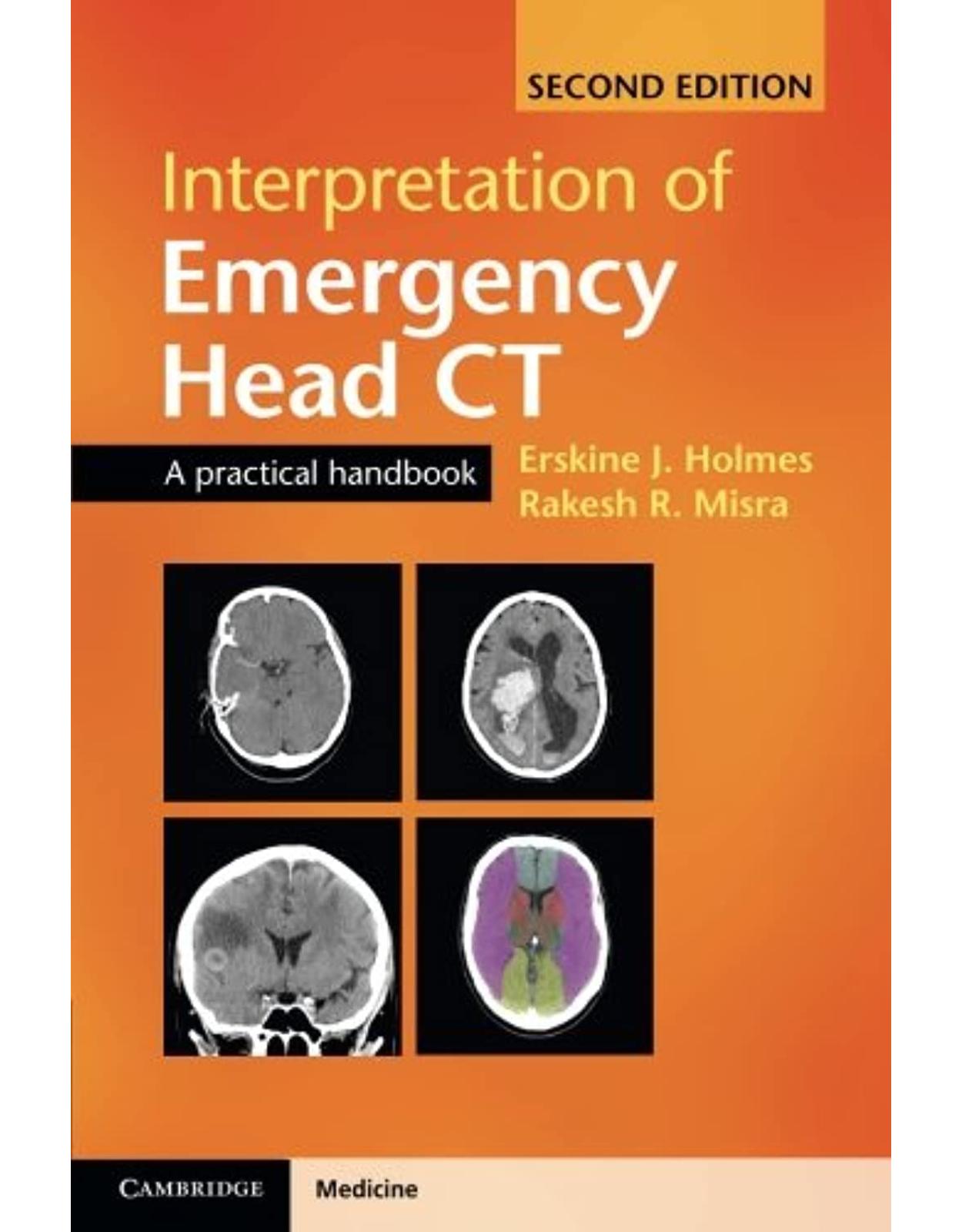
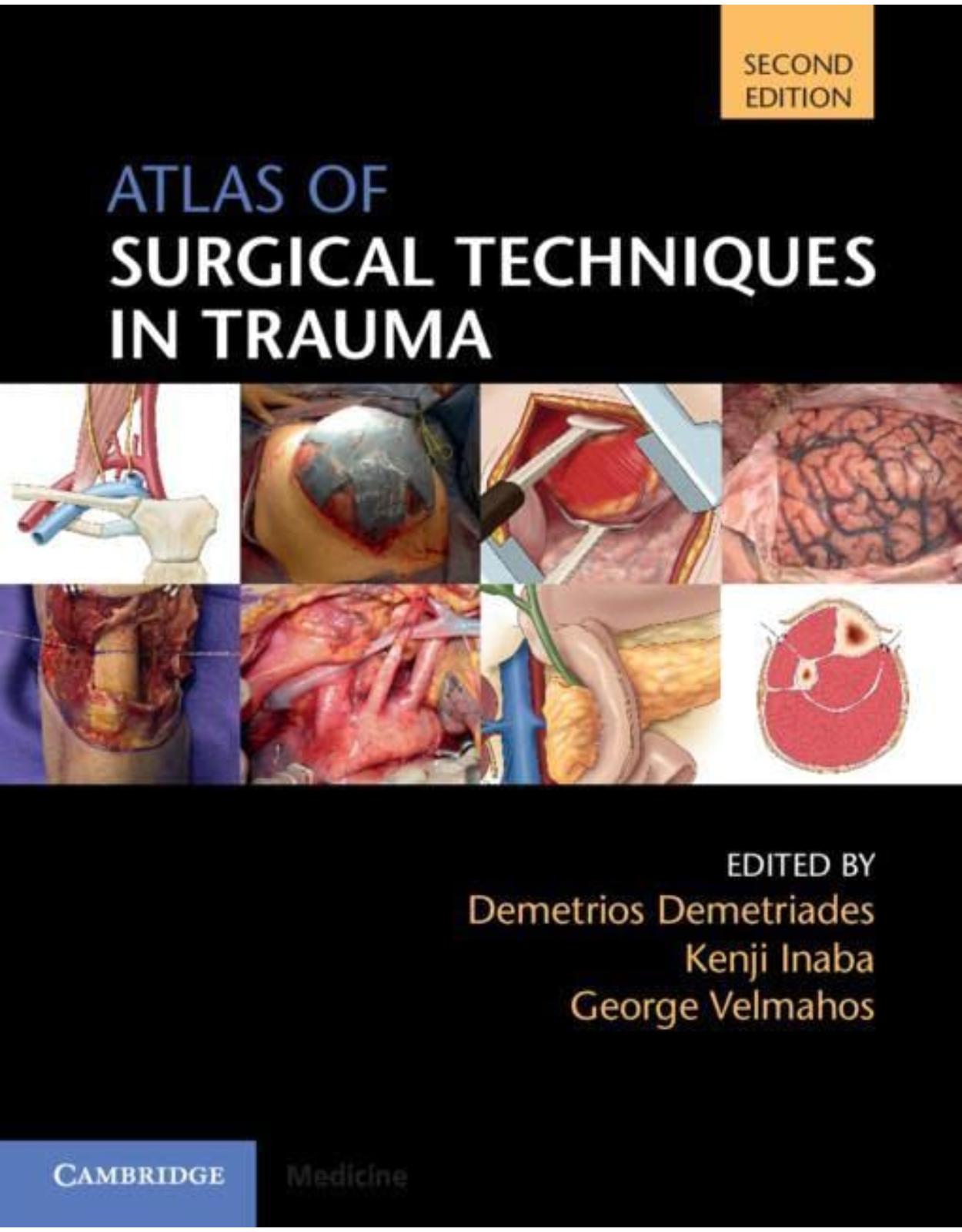
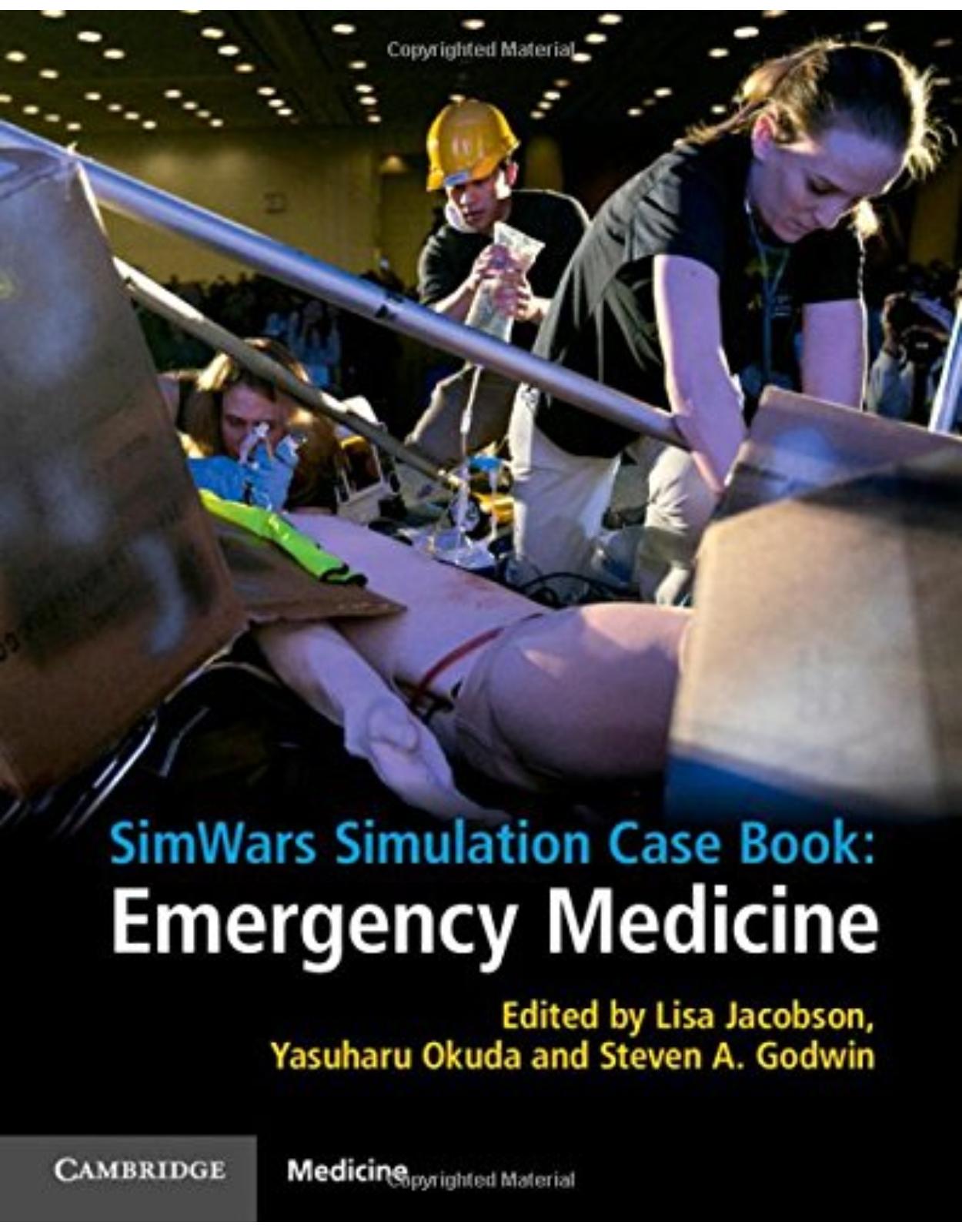
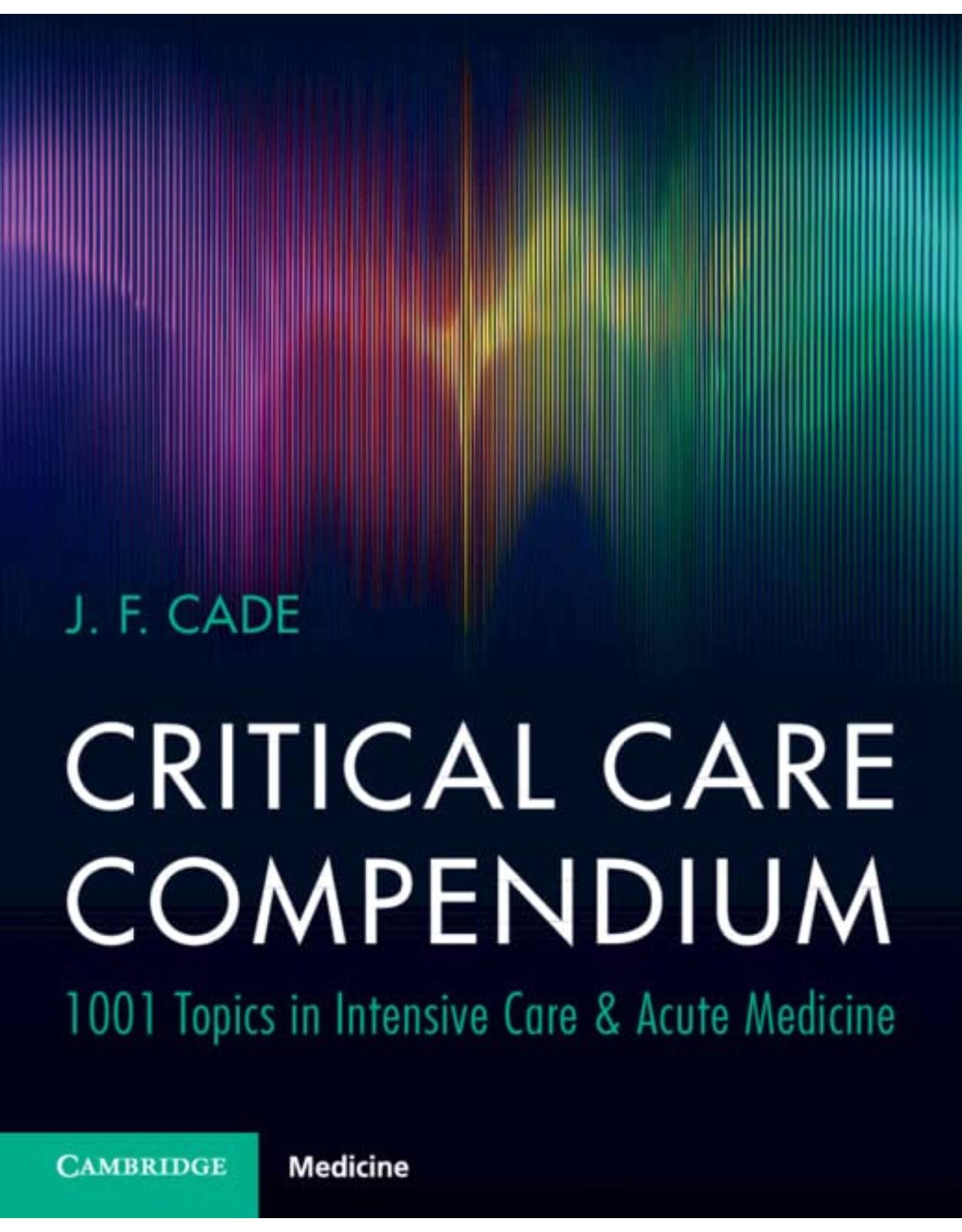
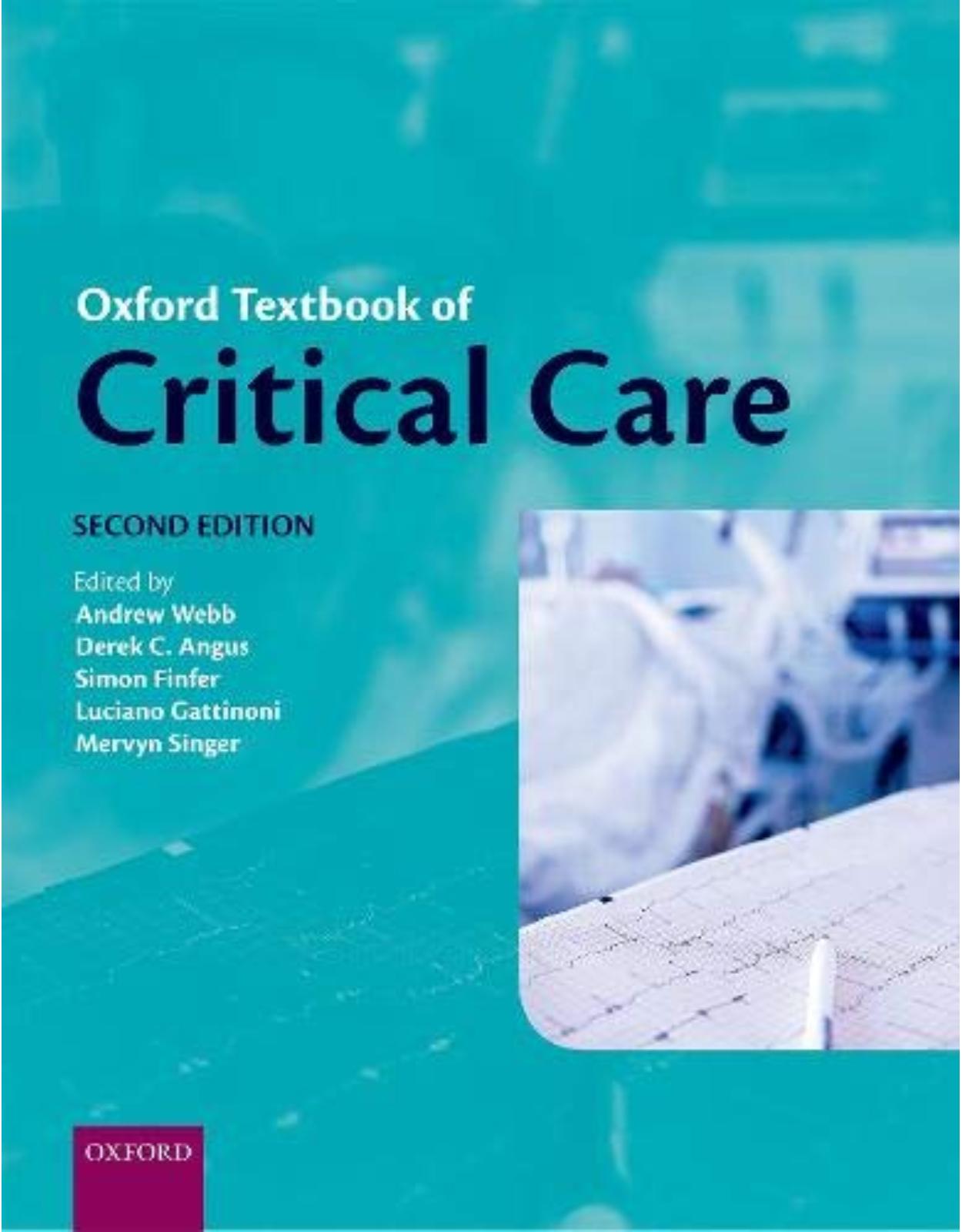
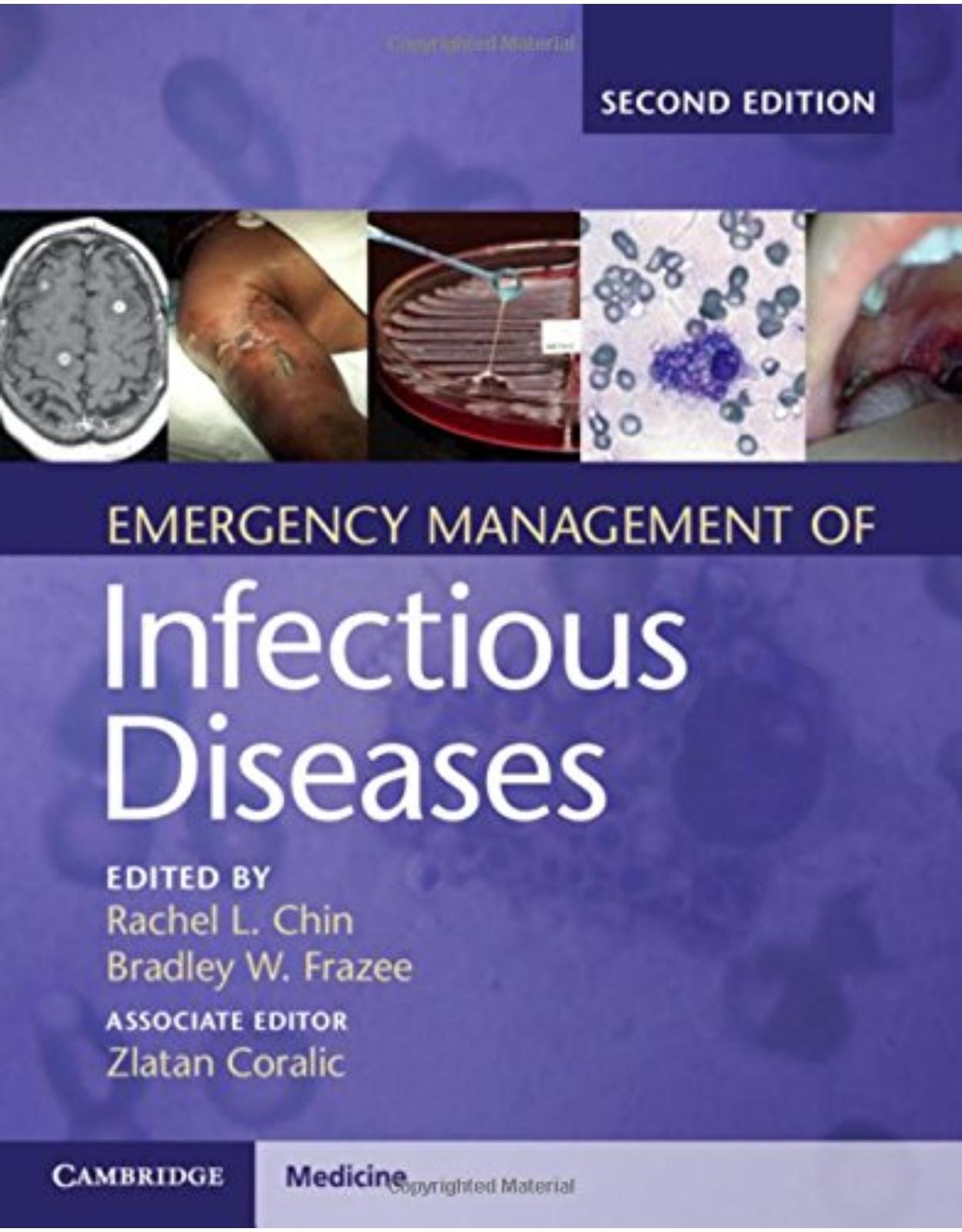
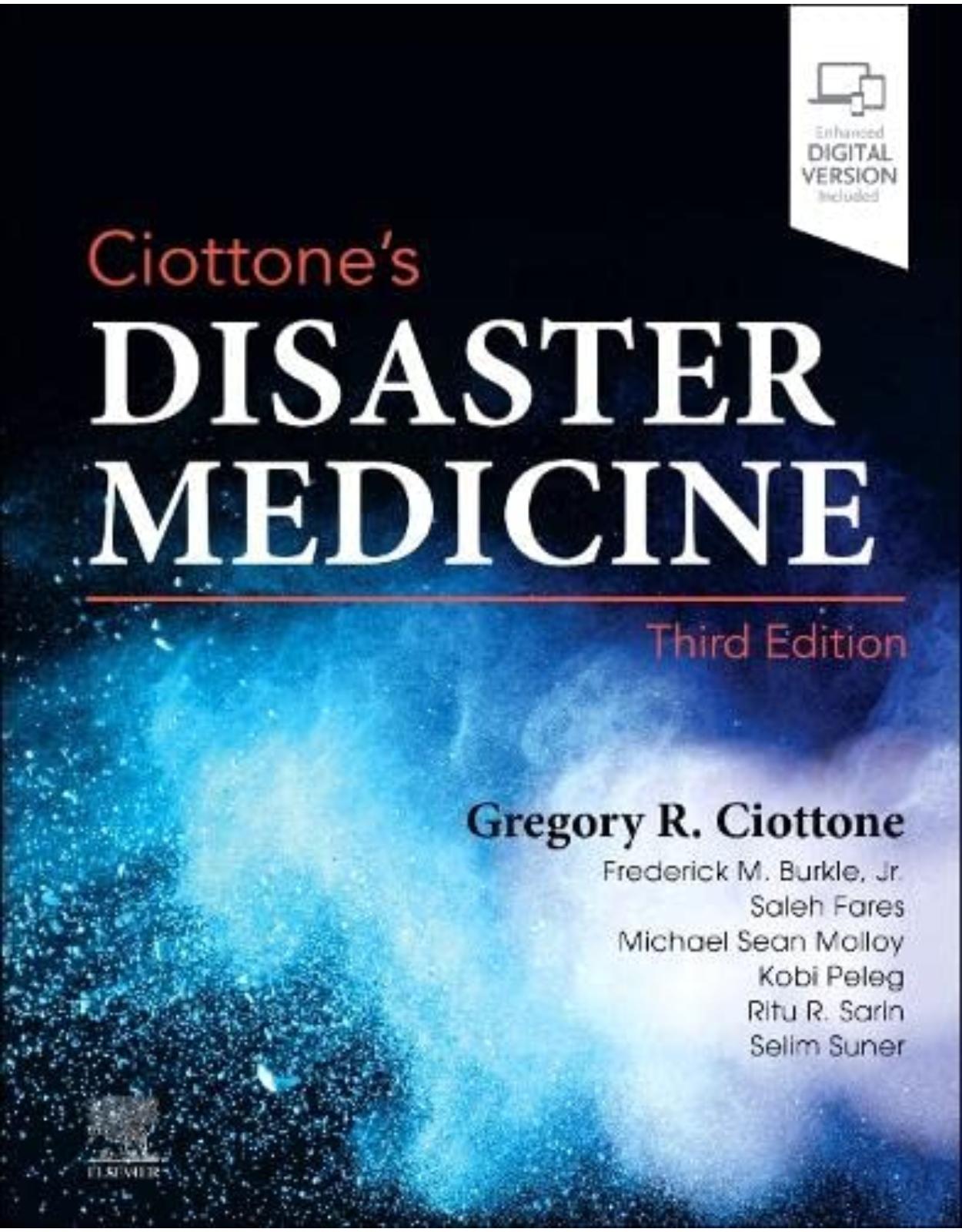
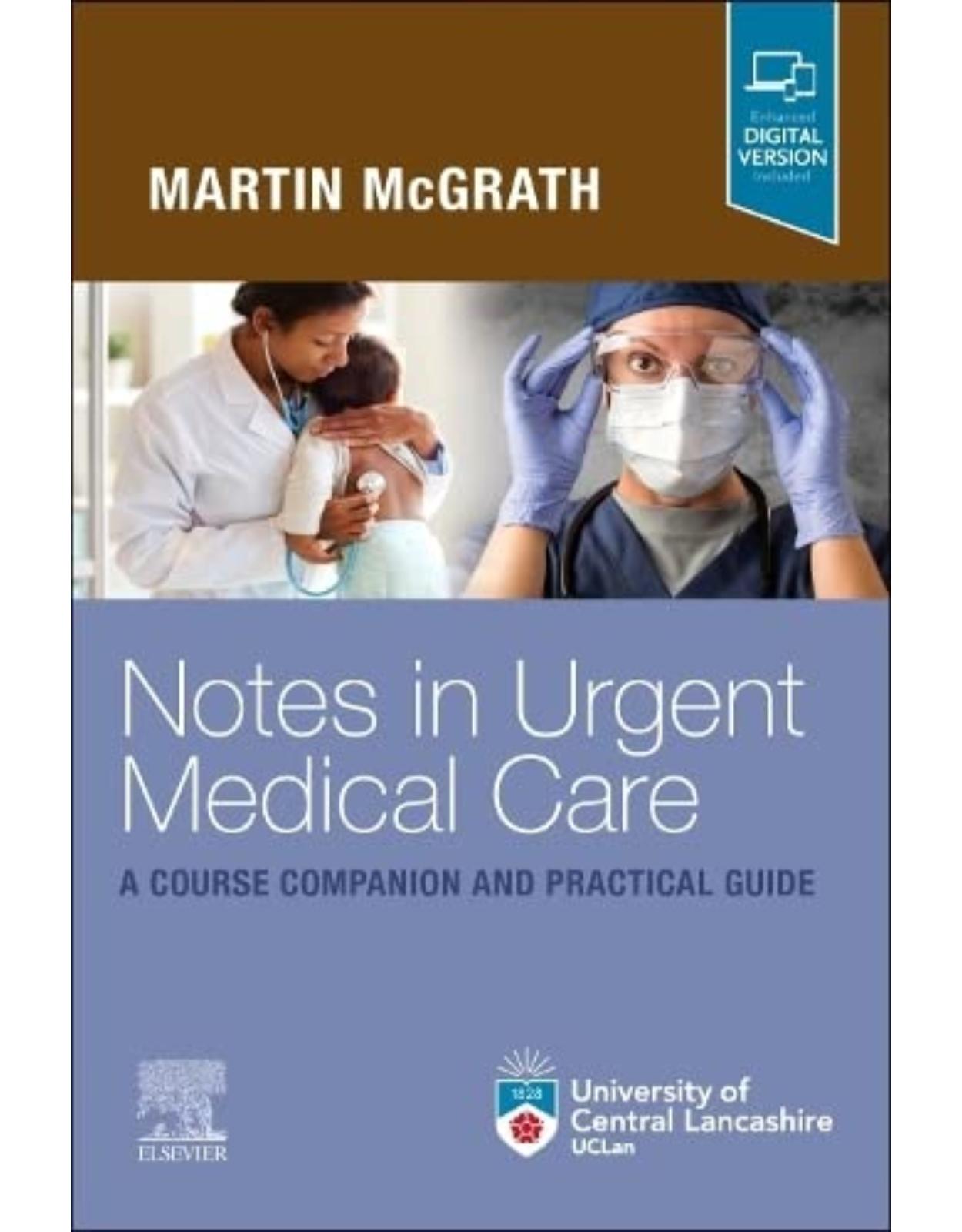
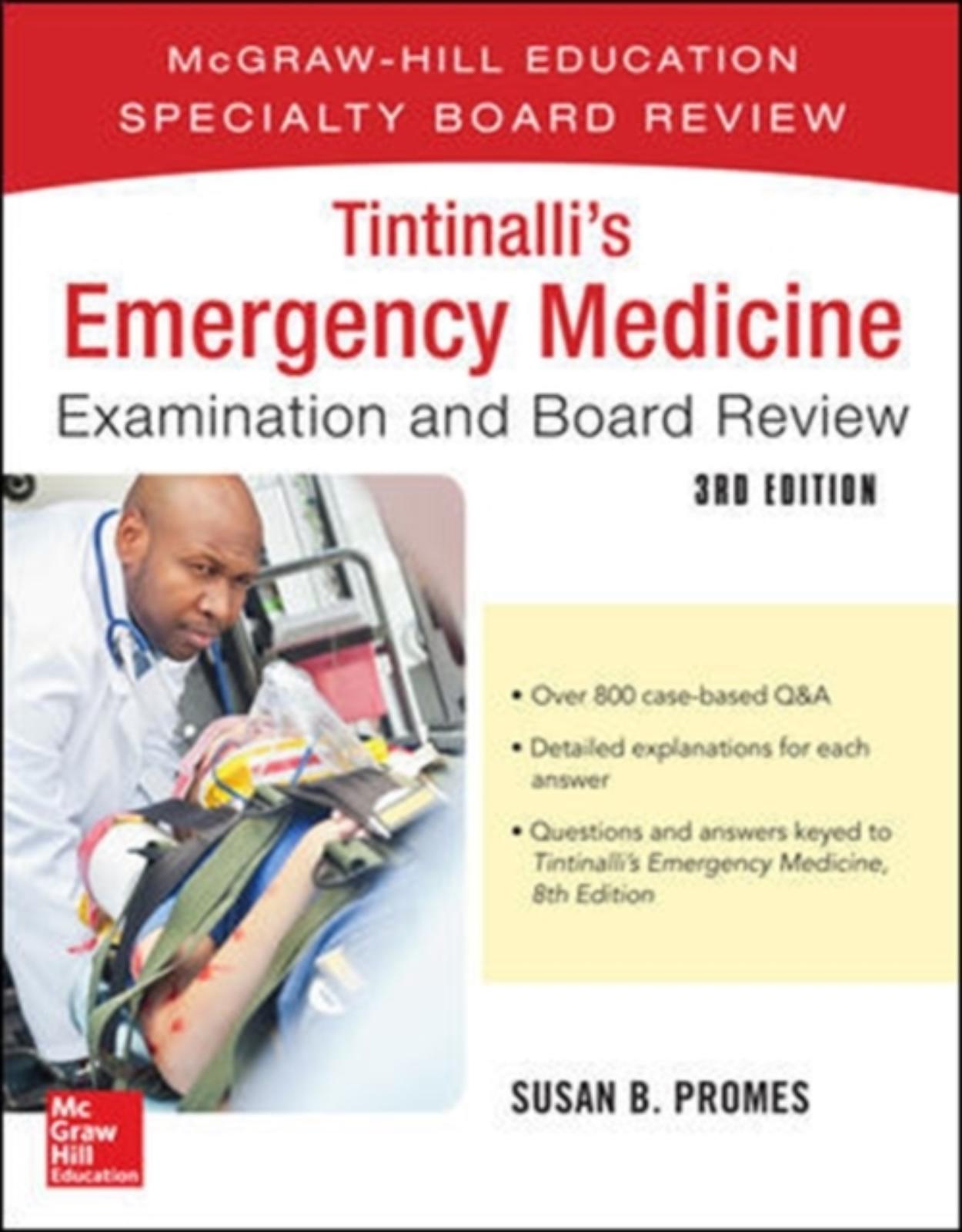
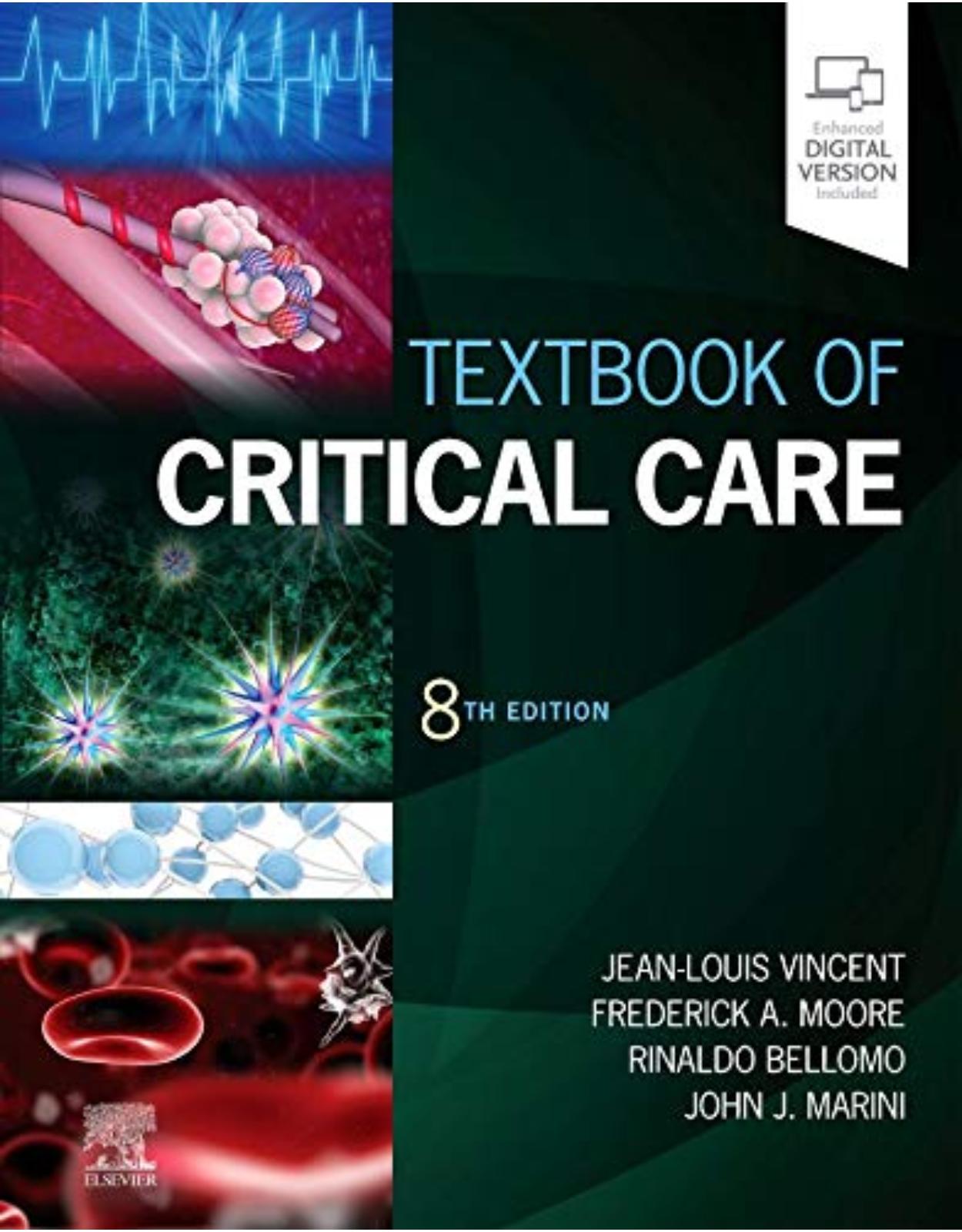
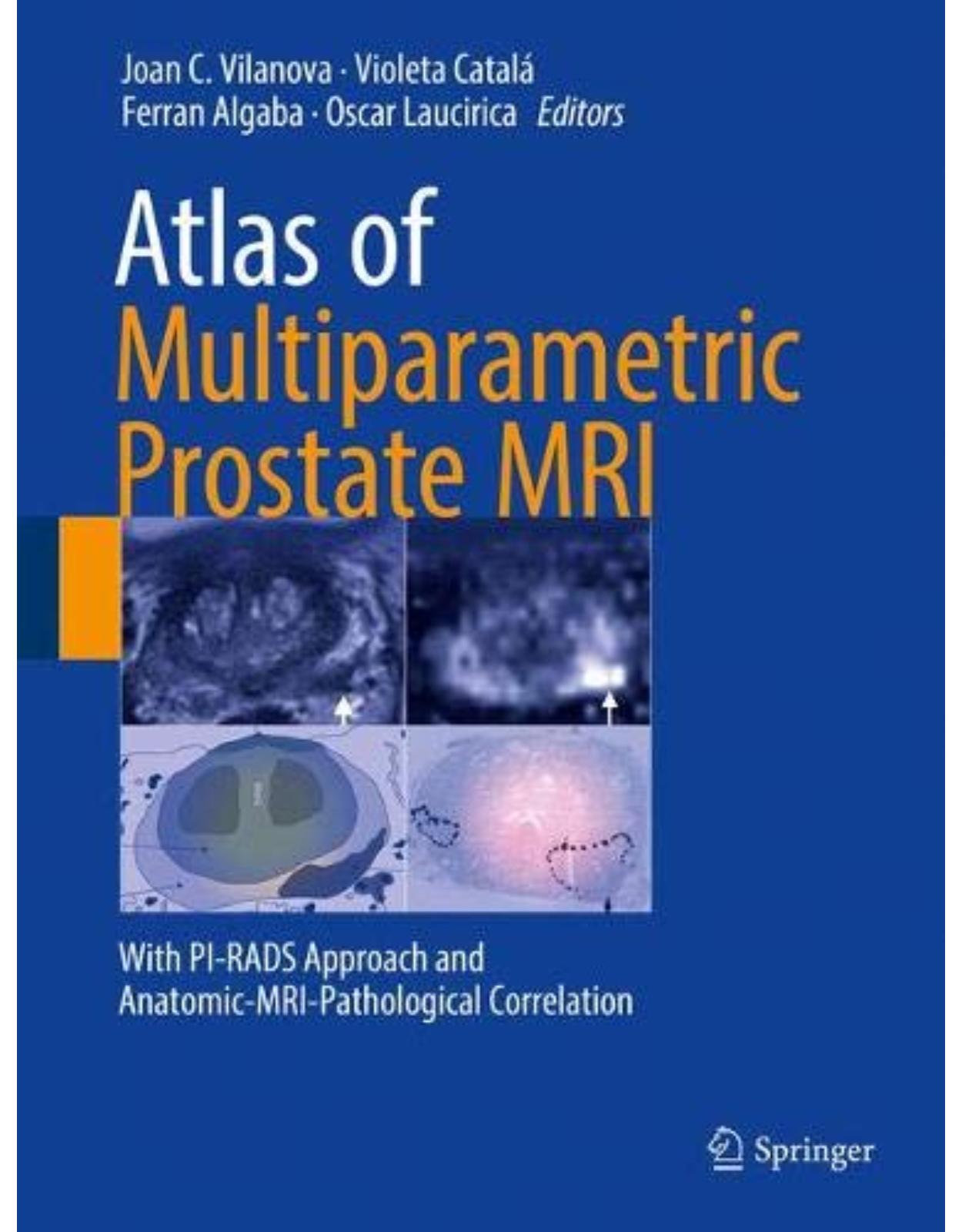
Clientii ebookshop.ro nu au adaugat inca opinii pentru acest produs. Fii primul care adauga o parere, folosind formularul de mai jos.